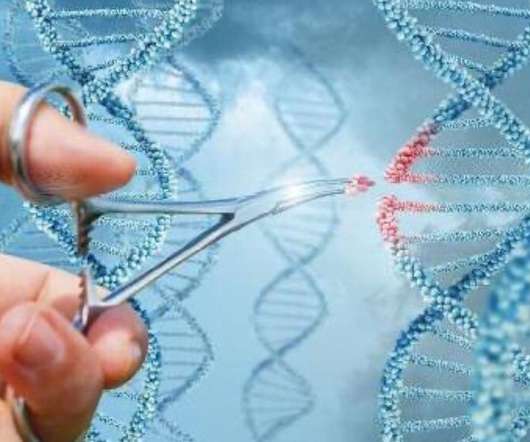New research will allow convenient investigation of human innate immune response to viral infections
Scienmag
MAY 18, 2021
(Boston)–Researchers from Boston University School of Medicine (BUSM) report the formation of human cells containing a green fluorescent protein or GFP (one of the most important proteins in biology and fluorescence imaging) genetically fused with two interferon stimulated genes (ISGs), namely Viperin and ISG15.













Let's personalize your content